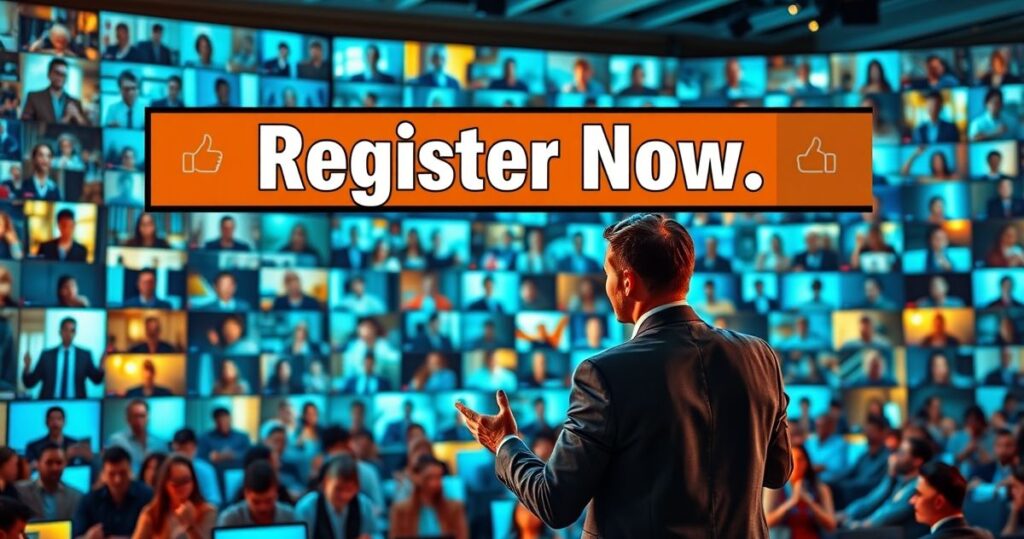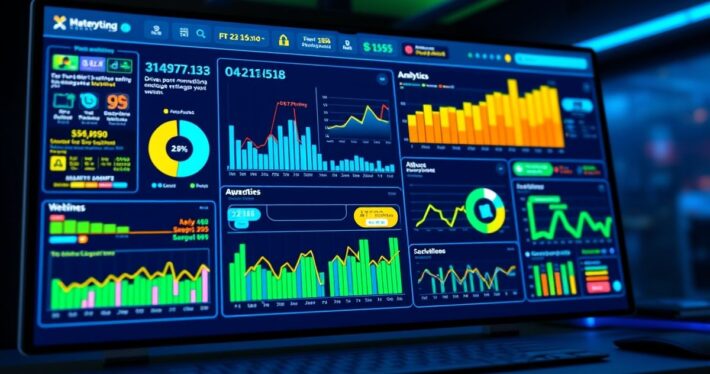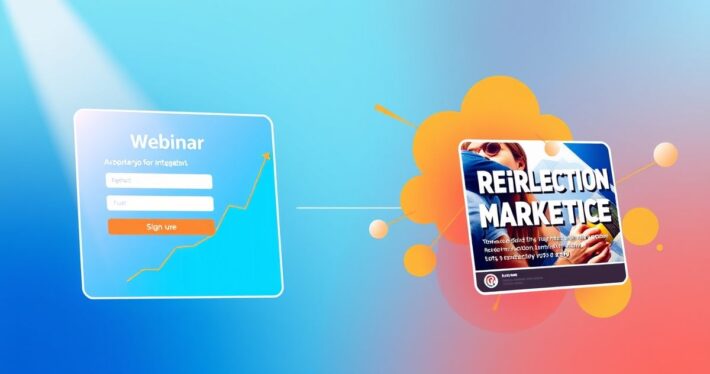How to Use Paid Ads to Promote a Webinar

How to Use Paid Ads to Promote a Webinar
Webinars are powerful tools for lead generation, brand building, and audience engagement. But even the most well-designed webinar won’t succeed if no one shows up. That’s where paid ads come in. When used strategically, paid advertising can significantly boost your webinar attendance, ensuring your efforts translate into measurable results. But how do you create a paid ad campaign that actually works? Let’s dive in.
Why Paid Ads Are Essential for Webinar Success
Let’s be honest: Organic reach isn’t what you used to be. Social media algorithms and email inbox clutter make it harder than ever to get your webinar in front of your target audience. Paid ads cut through the noise, allowing you to deliver your message directly to the people who matter most.
Paid ads offer precise targeting, real-time analytics, and the ability to scale quickly. Whether you’re promoting a 500-person webinar or a smaller, niche event, paid ads can help maximize your reach and ROI. But, like any tool, they’re only as effective as how you use them.
Step 1: Define Your Goals and Audience
Before launching any ad campaign, you need to know what you’re trying to achieve and who you’re trying to reach. Are you looking to generate leads, boost brand awareness, or drive immediate sales post-webinar? Your goals will shape your ad strategy.
Next, define your target audience. Who would benefit most from your webinar? Think demographics, interests, and pain points. For example, a webinar on “Advanced SEO Strategies” might target marketing managers, business owners, and entrepreneurs who are already familiar with basic SEO concepts.
Pro Tip: Use tools like Facebook Audience Insights or Google Ads’ Keyword Planner to refine your audience segments.
Step 2: Choose the Right Platform
Not all ad platforms are created equal. The best platform for your webinar depends on your audience and goals. Here’s a quick breakdown:
- Facebook & Instagram: Great for visually appealing ads and targeting specific interests.
- Google Ads: Ideal for reaching through search intent (e.g., people actively searching for solutions your webinar addresses).
- LinkedIn: Perfect for B2B webinars or targeting professionals in specific industries.
- YouTube: Excellent for video ads that can showcase your webinar’s value proposition.
Case in point: A SaaS company promoting a webinar on “Automating Sales Processes” might focus on LinkedIn ads to target sales managers, while a fitness coach hosting a “Beginner’s Guide to Yoga” webinar might find more success with Instagram ads.
Step 3: Craft Compelling Ad Copy
Your ad copy is your first impression—make it count. Focus on the benefits of attending your webinar, not just the features. For example, instead of saying, “Learn about content marketing,” try, “Discover how to double your website traffic in 30 days with proven content marketing strategies.”
Here’s a tried-and-true example from one client campaign:
Headline: “Struggling to Close Deals? Join Our Free Webinar to Master Sales Conversations!”
Body: “In just 60 minutes, you’ll learn 10 proven techniques to close more deals and increase your revenue. Limited seats available—register now!”
Notice how it speaks directly to the audience’s pain points and offers a clear solution.
Step 4: Use Eye-Catching Visuals
Humans are visual creatures, and your ad visuals can make or break your campaign. Use high-quality images or videos that align with your webinar’s theme. If your webinar is about productivity, consider using visuals of a clean workspace or a ticking clock to symbolize efficiency.
Pro Tip: Test different visuals to see what resonates most with your audience. A/B testing can reveal quick wins.
Step 5: Optimize Your Landing Page
Your ad might grab attention, but your landing page seals the deal. Make sure it’s:
- Clear and concise: State the webinar’s value and benefits upfront.
- Action-driven: Use a prominent CTA like “Reserve Your Spot Now.”
- Mobile-friendly: Over 60% of web traffic comes from mobile devices.
Real-World Example: A client promoting a webinar on “Social Media Marketing 2024” saw a 30% increase in conversions simply by streamlining their landing page and adding testimonials from past attendees.
Step 6: Retarget Your Audience
Not everyone who clicks on your ad will register immediately. Retargeting ads can re-engage those who showed interest but didn’t convert. Platforms like Facebook and Google allow you to retarget users who visited your landing page or watched your ad video.
Step 7: Track and Optimize
Paid ads aren’t a “set it and forget it” strategy. Use analytics tools to track metrics like click-through rates (CTR), cost per lead (CPL), and conversion rates. Adjust your targeting, ad copy, or visuals based on what’s working.
Pro Tip: Use UTM parameters to track which ads are driving the most webinar registrations.
Bonus: Combine Ads with AI-Powered Tools
To supercharge your campaign, integrate AI-powered tools like:
- Slide Outline Creator: Ensure your webinar content is engaging and valuable.
- Webinar Offer Builder: Structure your pricing and value proposition for maximum conversions.
- High-Value Bonus Brainstormer: Add irresistible bonuses to boost registrations.
- Risk-Reversal Guarantee Generator: Make attending a no-brainer by reducing perceived risk.
Common Mistakes to Avoid
- Ignoring A/B Testing: Never assume your first ad version is the best. Always test variations.
- Overloading Ad Copy: Keep it simple. Too much text can overwhelm your audience.
- Neglecting Retargeting: Don’t let potential leads slip through the cracks.
- Forgetting the Call-to-Action: Every ad should have a clear next step.
Final Thoughts
Paid ads are a game-changer for webinar promotion, but they require strategy and precision. By defining your goals, crafting compelling ads, and continuously optimizing your campaigns, you can ensure your webinar reaches the right audience and delivers measurable results.
Ready to take your webinar promotion to the next level? Start experimenting with paid ads today—you might just be one campaign away from your most successful event yet.



